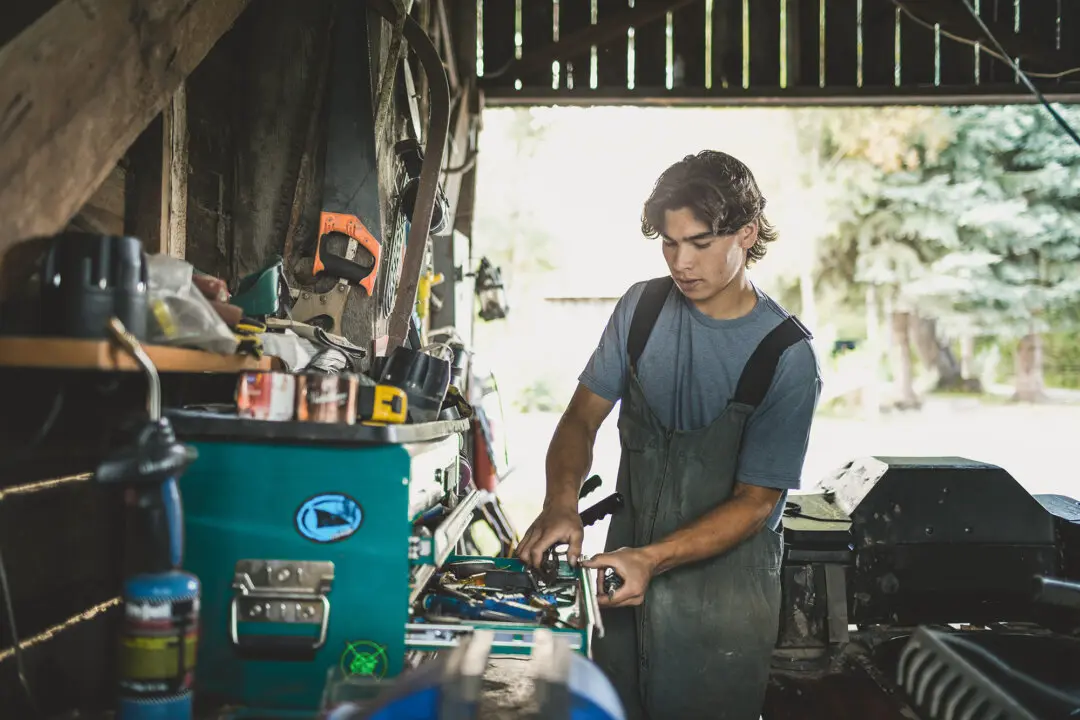Gardens need protection; rabbits, aphids, and sooty mold will love your harvest as much as you do, and Murphy’s law can send a once-in-a-100-years cold snap as soon as you put in new seedlings. Even if you’ve done everything right—planted the right crops in the right place and spaced them so they have room to breathe, watered them in the morning and at the roots, fertilized properly, deadheaded, pruned, and quickly removed fallen fruit—pests and other environmental factors can still wreak havoc in the garden.
Don’t let all your hard work go to waste. From the moment your garden sprouts, you need to take measures to keep it safe. Inspecting your plants regularly—as often as once a day—is a critical step toward protecting them and allows you to discover problems while they’re still small.




